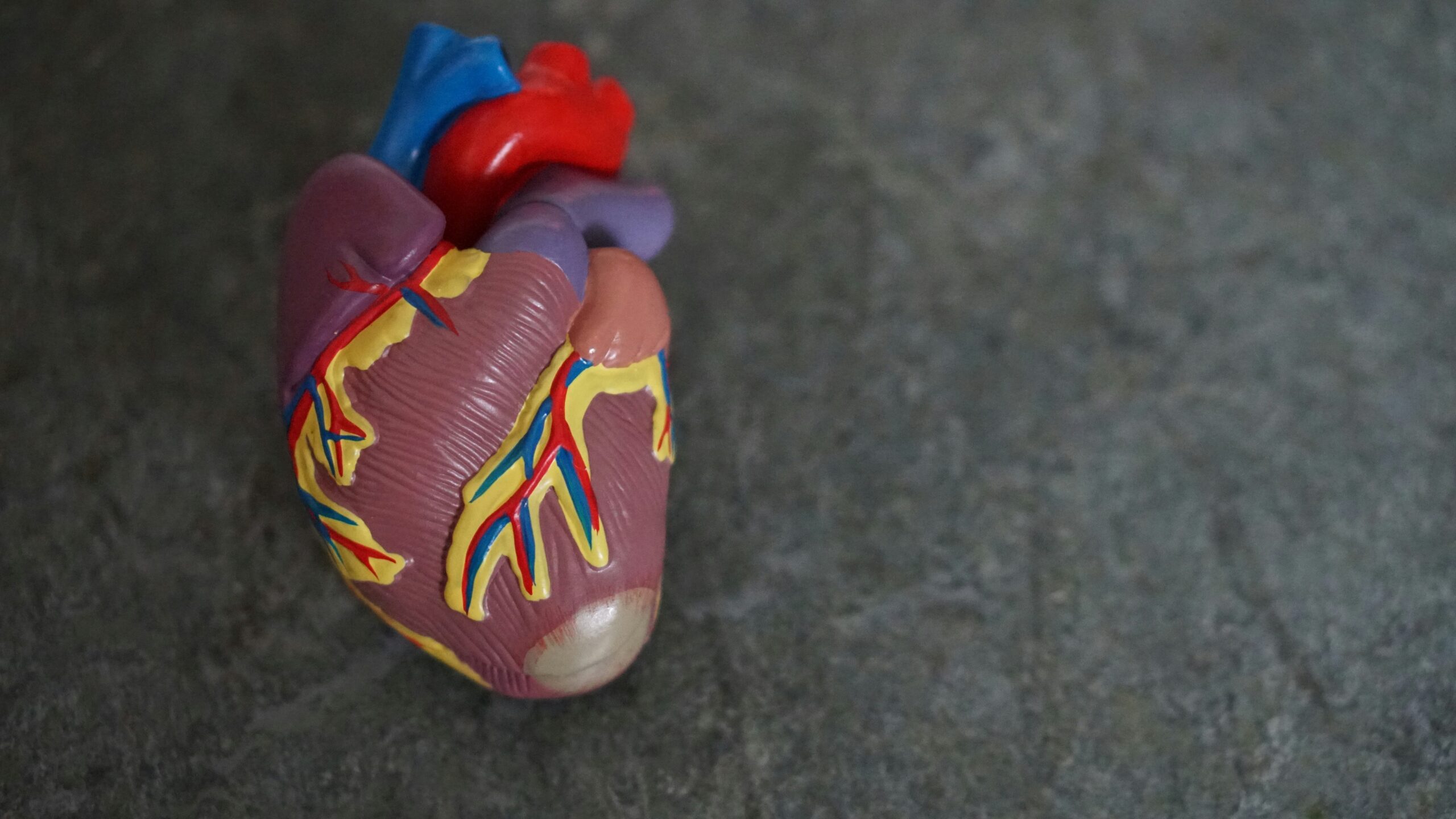Rewriting the Heart: How Regenerative Medicine and Stem Cells Are Shaping the Future of Cardiology

Heart disease remains the leading cause of death worldwide, claiming millions of lives each year. Traditional treatments, such as medications, stents, and bypass surgeries, focus on managing symptoms and preventing further damage. While these interventions have saved countless lives, they cannot fully restore damaged heart tissue. Enter the emerging fields of cardiology, regenerative medicine and stem cell therapy, offering hope for truly healing the heart rather than merely treating its symptoms.
Understanding Regenerative Medicine in Cardiology
Regenerative medicine is an innovative area of medical research aimed at repairing or replacing damaged tissues and organs. In cardiology, this approach is particularly transformative because the human heart has a minimal natural ability to regenerate itself after injury, such as a heart attack. Scientists and doctors are exploring ways to harness the body’s own repair mechanisms to restore heart function. Through techniques such as stem cell therapy, tissue engineering, and gene editing, regenerative medicine aims to change the way we approach heart disease fundamentally.
Stem cell therapy lies at the heart of this revolution. Stem cells are unique in that they can develop into different types of cells in the body. In cardiac care, researchers are investigating how these cells can grow into healthy heart tissue, replace damaged cells, and improve heart function. Early studies suggest that stem cells derived from bone marrow, fat tissue, or even the heart itself can be used to treat heart failure, heart attacks, and other cardiovascular conditions. The goal is not only to slow disease progression but also to regenerate the heart muscle, thereby restoring its strength and efficiency.
The Science Behind Stem Cell Therapy
The concept of using stem cells to repair the heart may sound like science fiction, but decades of research have brought it closer to reality. When the heart experiences injury, such as from a myocardial infarction, scar tissue forms in place of healthy muscle. This scar tissue does not contract like normal heart tissue, leading to reduced cardiac output and eventually heart failure. Stem cells offer a potential solution by differentiating into cardiomyocytes, the cells responsible for heart contraction. Additionally, stem cells release growth factors and proteins that encourage the heart to repair itself, reduce inflammation, and improve vascular function.
Clinical trials over the past ten years have shown promising results. Patients receiving stem cell treatments after heart attacks have demonstrated improved heart function, better quality of life, and reduced symptoms. While the therapies are still experimental and not widely available. The progress made so far has generated significant excitement in the medical community.
Challenges and Considerations
Despite the promise, several challenges must be addressed before regenerative medicine and stem cell therapy become mainstream in cardiology. One primary concern is ensuring that the introduced cells survive and integrate into the existing heart tissue. Many transplanted stem cells die shortly after being administered, reducing the therapy’s effectiveness. Scientists are exploring methods such as genetic modification, scaffolding, and advanced delivery systems to improve cell survival.
Safety is another critical factor. While stem cell therapy has generally shown a favorable safety profile. There is still a risk of unwanted immune reactions, arrhythmias, or tumor formation. Researchers are conducting rigorous preclinical studies and clinical trials to ensure that these therapies are both safe and effective. Regulatory approvals, ethical considerations, and long-term outcome data will play essential roles in the widespread adoption of these therapies.
The Role of Technology and Personalized Medicine
The future of cardiac regenerative medicine will likely be closely tied to advancements in technology and personalized medicine. With innovations in 3D printing, researchers are developing heart tissue scaffolds that can support stem cell growth and integration. Personalized medicine allows treatments to be tailored to individual patients, increasing the chances of success. By analyzing a patient’s genetic makeup, medical history, and specific cardiac condition, doctors can select the most appropriate type of stem cells and delivery method for optimal results.
Artificial intelligence and machine learning are also playing roles in shaping the future of cardiology. These technologies can help predict patient responses to therapies, optimize treatment protocols. Accelerate research by identifying promising stem cell candidates or regenerative techniques. Together, these innovations point to a future where heart disease is not just managed but potentially reversed.
A Glimpse into the Future
Looking ahead, regenerative medicine and stem cell therapy could fundamentally transform the treatment of heart disease. Patients with severe heart failure might regain normal heart function. Those recovering from heart attacks could experience faster and more complete healing. Preventive treatments may even stop cardiac disease before it becomes life-threatening. The integration of biotechnology, personalized care, and regenerative approaches could redefine the standard of cardiac care.
Although it will take time for these therapies to become widely accessible, the ongoing research offers unprecedented hope. As scientists continue to unravel the mysteries of heart regeneration, the dream of healing the heart rather than simply managing its disease is moving closer to reality. In the not-so-distant future, cardiologists may routinely prescribe stem cell therapies or regenerative treatments alongside traditional interventions, giving millions of patients the chance to live longer, healthier lives.
The field of cardiology is on the brink of a revolutionary shift. Regenerative medicine and stem cell therapy offer the promise of repairing the heart in ways previously thought impossible. While challenges remain, ongoing research and clinical trials indicate a future where heart disease can be treated more effectively, with the potential to restore lost function and significantly improve patient outcomes. The heart, once seen as a symbol of vulnerability, may soon become a testament to the power of human innovation and the ability to heal from within.
Additional Information
- Blogs
- bypass surgeries, field of cardiology, stem cell therapy
- Nishi Patel